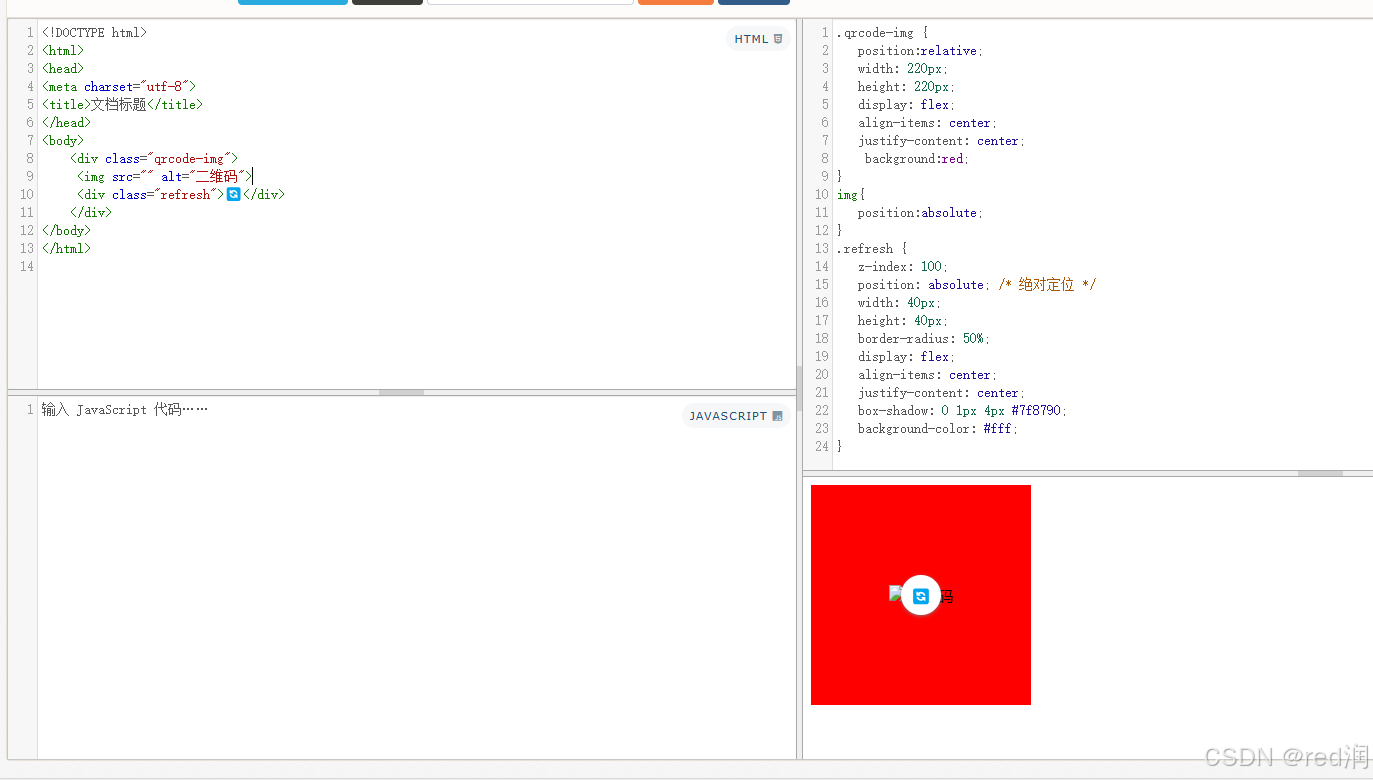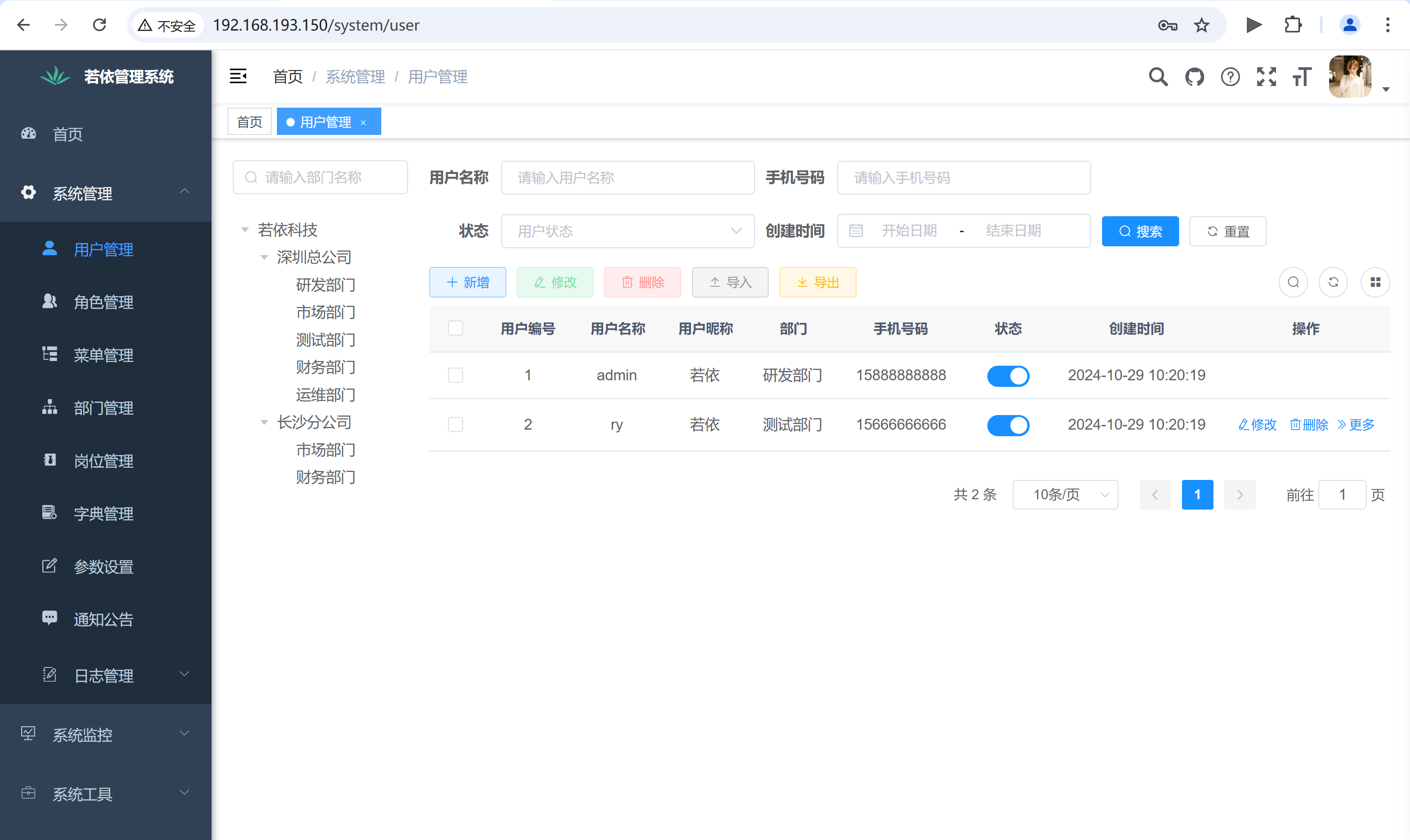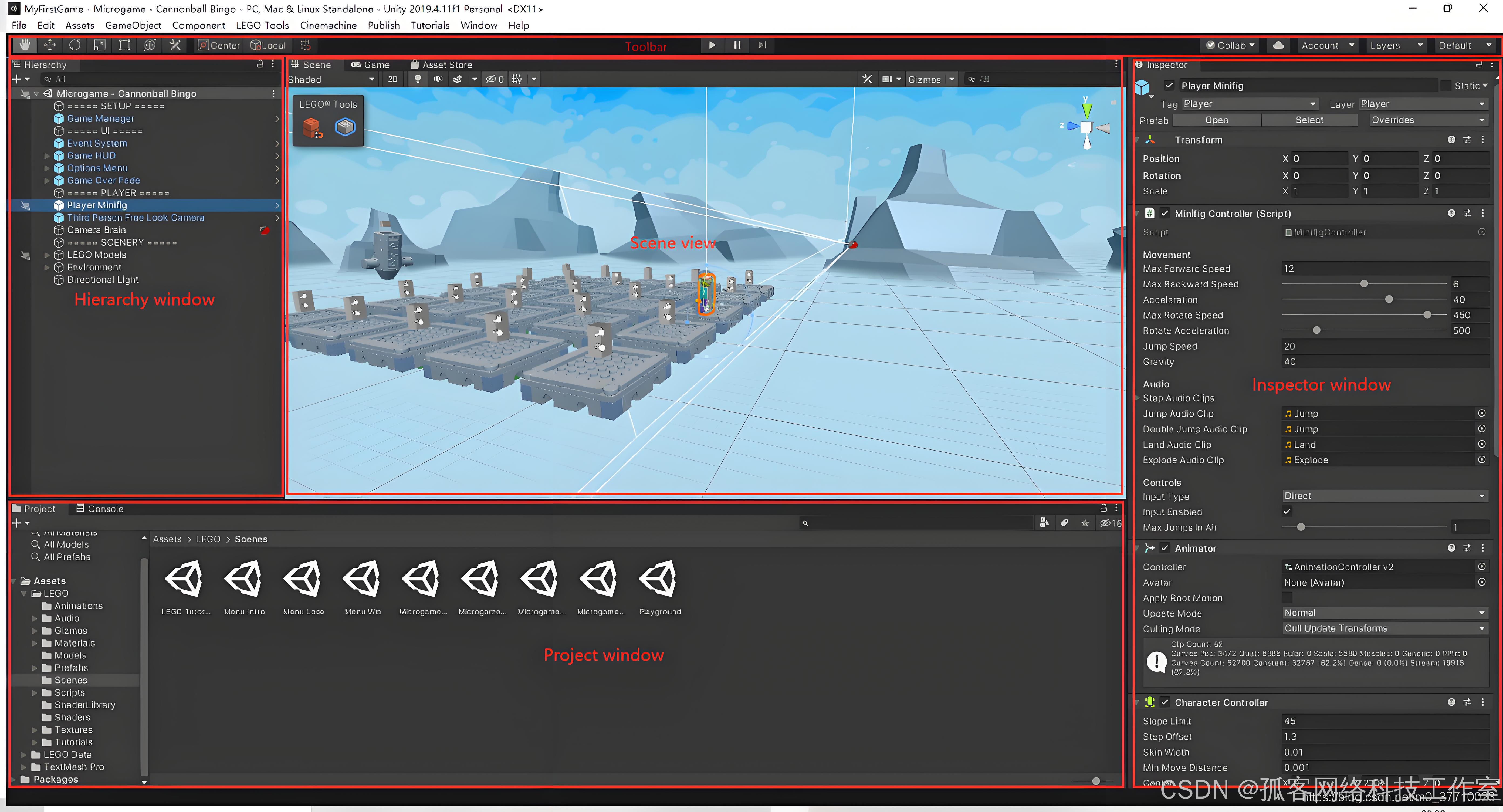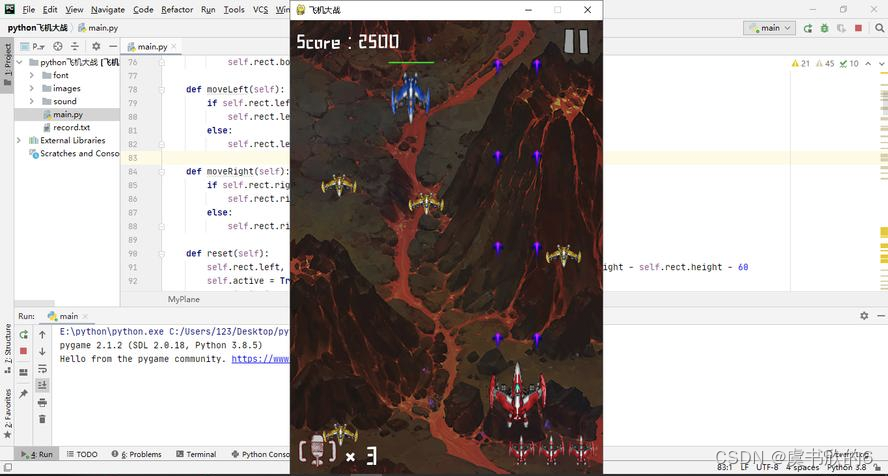
前言
在跨平台开发和多线程编程中,线程安全是不可忽视的重要因素。C++和C#中提供了各自的线程同步机制,但在跨语言调用中,如何确保数据一致性、避免数据竞争和死锁等问题,是开发人员必须考虑的重点。
本文将介绍在C#和C++交互开发中确保线程安全的常用方法,包括常见的同步机制、原子操作、共享资源的访问控制,以及跨语言线程同步的最佳实践。
1. 常见线程安全问题
多线程编程的核心在于如何有效地访问和管理共享资源,避免以下常见的线程安全问题:
- 数据竞争:多个线程同时读写相同的内存位置,导致数据不一致。
- 死锁:两个或多个线程互相等待对方释放资源,导致程序卡死。
- 饥饿和活锁:线程得不到资源的及时访问,导致性能下降甚至无法继续运行。
在C#和C++的跨语言开发中,确保线程安全需要协调两种语言的同步机制,保证每个线程可以安全地操作共享资源。
2. 使用互斥锁保证线程同步
互斥锁是最常见的同步机制,可以防止多个线程同时访问同一资源。C++提供std::mutex,而C#中可以使用lock关键字或者Mutex类。
C++中的互斥锁
以下示例展示了在C++中如何使用std::mutex来保护共享资源。
#include <mutex>
#include <iostream>std::mutex mtx;extern "C" __declspec(dllexport)
void SafeIncrement(int* sharedCounter) {std::lock_guard<std::mutex> lock(mtx);(*sharedCounter)++;std::cout << "Counter incremented to " << *sharedCounter << std::endl;
}
C#调用线程安全的C++函数
通过P/Invoke调用C++的SafeIncrement函数,确保在C#中操作共享资源时实现同步。
using System;
using System.Runtime.InteropServices;
using System.Threading;class Program
{[DllImport("MyNativeLib.dll", CallingConvention = CallingConvention.Cdecl)]private static extern void SafeIncrement(ref int sharedCounter);static void Main(){int counter = 0;Thread[] threads = new Thread[5];for (int i = 0; i < threads.Length; i++){threads[i] = new Thread(() => SafeIncrement(ref counter));threads[i].Start();}foreach (var thread in threads){thread.Join();}Console.WriteLine($"Final counter value: {counter}");}
}
执行结果:
Counter incremented to 1
Counter incremented to 2
Counter incremented to 3
Counter incremented to 4
Counter incremented to 5
Final counter value: 5
3. 原子操作确保线程安全
原子操作是一种更高效的实现线程安全的方法,尤其是在需要对简单数据类型进行快速、频繁操作时。C++中使用std::atomic,而C#中有Interlocked类。
C++中的原子变量
C++提供了std::atomic用于定义原子变量,适合无锁编程场景。
#include <atomic>
#include <iostream>std::atomic<int> sharedData(0);extern "C" __declspec(dllexport)
void AtomicIncrement() {sharedData++;std::cout << "Atomic counter incremented to " << sharedData << "\r\n";
}
C#调用原子操作
在C#中调用AtomicIncrement时无需担心数据竞争,因为C++端已经实现了原子性。
using System;
using System.Runtime.InteropServices;
using System.Threading;class Program
{[DllImport("MyNativeLib.dll", CallingConvention = CallingConvention.Cdecl)]private static extern void AtomicIncrement();static void Main(){Thread[] threads = new Thread[5];for (int i = 0; i < threads.Length; i++){threads[i] = new Thread(AtomicIncrement);threads[i].Start();}foreach (var thread in threads){thread.Join();}Console.WriteLine("Atomic increment operations completed.");}
}
执行结果
Atomic counter incremented to 1
Atomic counter incremented to 2
Atomic counter incremented to 3
Atomic counter incremented to 4
Atomic counter incremented to 5
Atomic increment operations completed.
4. 使用条件变量进行线程同步
在复杂场景中,线程可能需要根据特定条件等待其他线程的操作完成,条件变量能有效实现此需求。C++中的std::condition_variable和C#中的Monitor.Wait和Monitor.Pulse可以实现这种功能。
C++中的条件变量
以下示例展示了如何在C++中使用条件变量来等待和通知线程:
#include <condition_variable>
#include <mutex>
#include <iostream>std::mutex cv_mtx;
std::condition_variable cv;
bool ready = false;extern "C" __declspec(dllexport)
void WaitForSignal() {std::unique_lock<std::mutex> lock(cv_mtx);cv.wait(lock, [] { return ready; });std::cout << "Received signal, proceeding..." << std::endl;
}extern "C" __declspec(dllexport)
void SendSignal() {std::lock_guard<std::mutex> lock(cv_mtx);ready = true;cv.notify_all();
}
C#调用等待和通知函数
在C#中使用WaitForSignal和SendSignal实现跨语言的线程同步。
using System;
using System.Runtime.InteropServices;
using System.Threading;class Program
{[DllImport("MyNativeLib.dll", CallingConvention = CallingConvention.Cdecl)]private static extern void WaitForSignal();[DllImport("MyNativeLib.dll", CallingConvention = CallingConvention.Cdecl)]private static extern void SendSignal();static void Main(){Thread waitThread = new Thread(WaitForSignal);waitThread.Start();Thread.Sleep(1000); // 模拟一些操作Console.WriteLine("Sending signal...");SendSignal();waitThread.Join();Console.WriteLine("Signal handling completed.");}
}
执行结果
Sending signal...
Received signal, proceeding...
Signal handling completed.
5. 注意事项与最佳实践
- 避免死锁:在跨语言调用中,特别要注意锁的嵌套使用,尽量避免多个线程等待同一个资源的情况。
- 选择合适的同步方式:根据操作的粒度和性能需求选择合适的同步方式,例如,对于简单的计数器增量操作可以使用原子操作,而不是互斥锁。
- 合理设计线程安全接口:跨语言函数接口需要清晰设计,以确保线程安全,减少接口层面上的资源竞争。
- 谨慎处理共享资源的生命周期:共享资源在跨语言调用时容易出现生命周期管理问题,例如在C++中动态分配的资源需要在适当时机释放。
总结
在C#和C++交互开发中实现线程安全是开发高性能、多线程应用的关键。通过互斥锁、原子操作和条件变量等手段,可以有效地管理线程对共享资源的访问,避免常见的线程安全问题。在跨语言环境下,合理设计线程安全接口、优化资源管理策略,是确保系统稳定性和性能的基础。



















